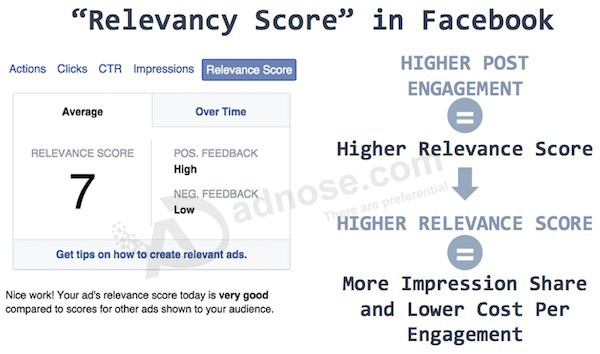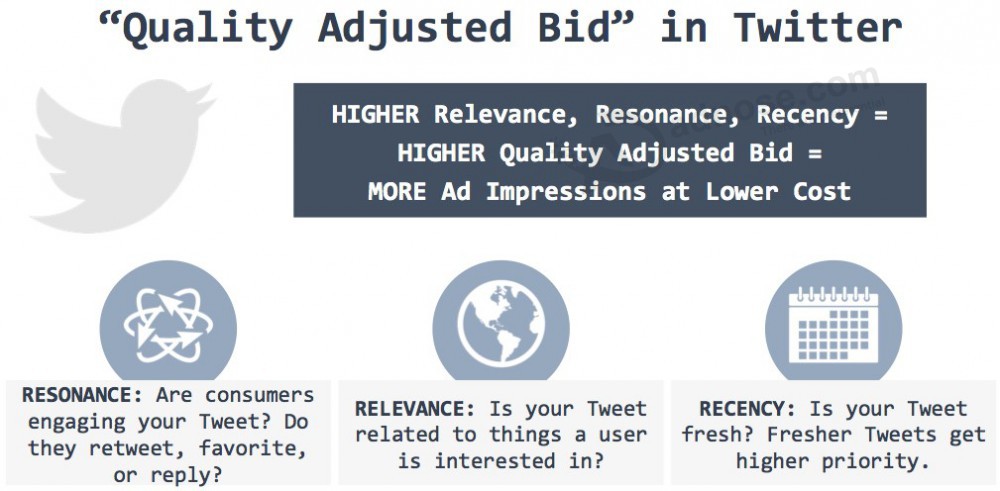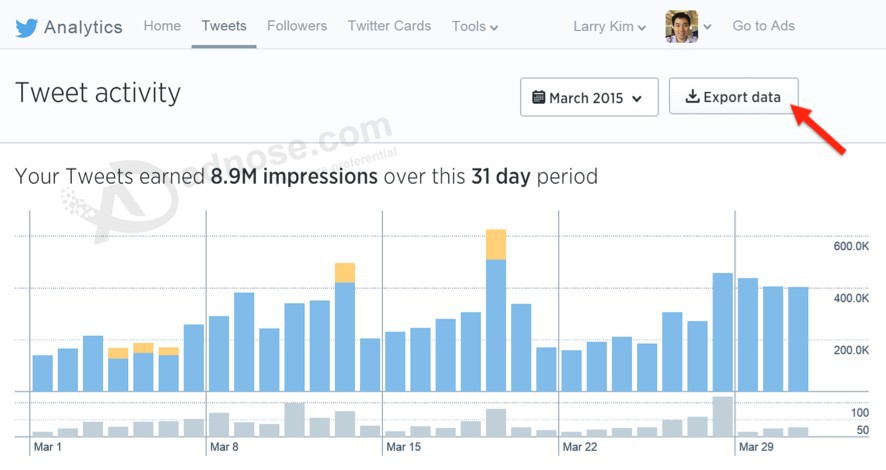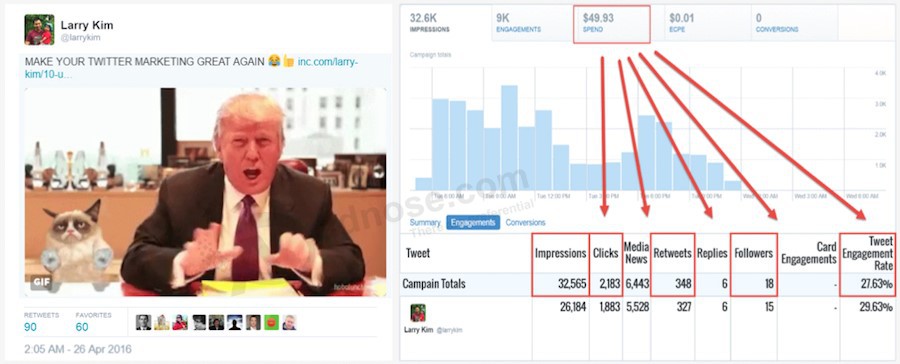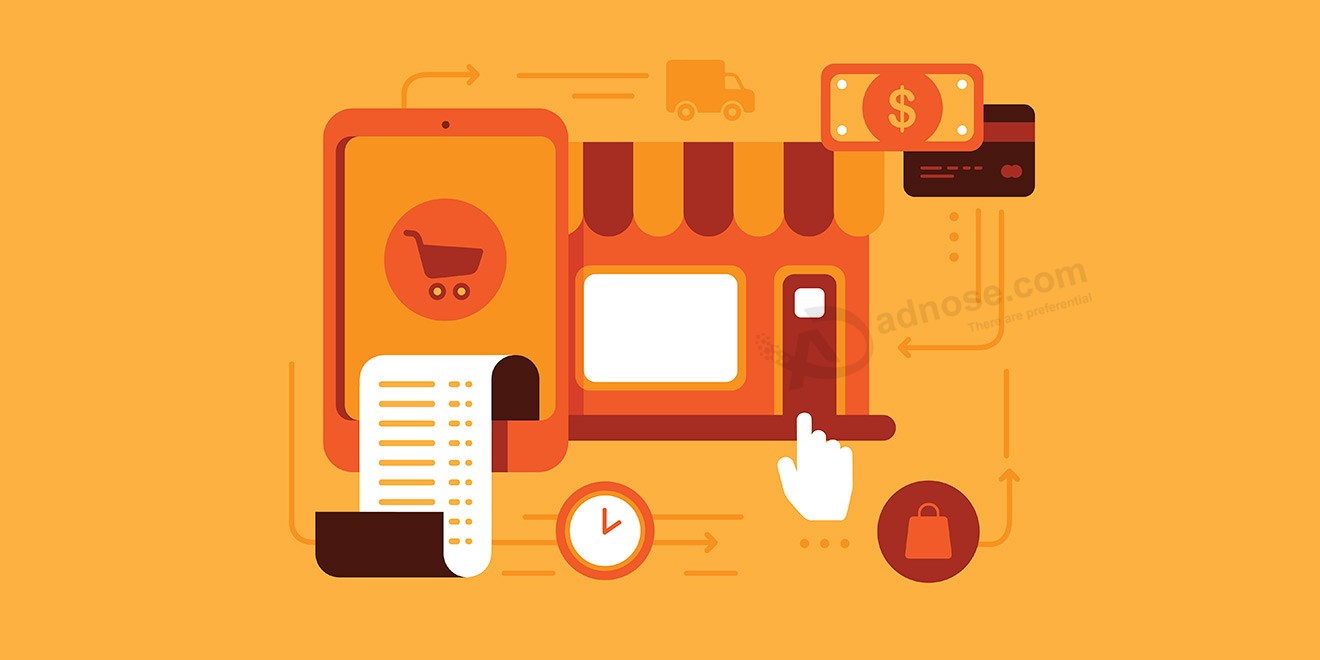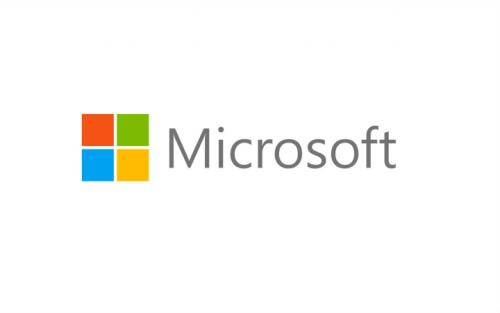-
Sourcing Solutions
- Customized products
- Offset Printing
- Digital Printing
- Sublimate Printing
- Screen Printing
-
Help & Community
- Customer Services & Info
- Vip Member Service
- Feedback
- Contact Us
- Advertising industry trends
- Advertising practitioners Forum
Categories
Categories See All >
Flags / Banners
Inflatable products
Car supplies / Lanyards
Tags & Labels / Decals & Stickers
Bags & Boxes / Printing service
Gifts & Craft / Key & Hook
Display Stands
Cards / Clothes printing
Outdoor advertising products
Materials / Equipment / Other

Flags
Drapeaux de fenêtre de voiture
Print your logo,your pattern and more
Drapeaux de plumes
Drapeaux de main
Drapeaux Swooper
Drapeaux à dessus plat
Drapeaux flottants
Drapeaux nationaux
Drapeaux de bateau
Drapeaux des États-Unis
Drapeaux géants
Drapeaux Personnaliser
Drapeaux de bruissements
Stand de drapeau de plume
Drapeaux de logo de voiture
Drapeaux sportifs




Bags & Boxes

Gifts & Craft
Key & Key Hook

Display Stands & Light Box


Outdoor advertising products

Printing Materials
Advertising Equipment
Imprimante publicitaire
Machine de sérigraphie publicitaire
Machine d'impression offset publicitaire
Machine de fabrication de plaques
Relieuse
Die machine de découpe
Other Advertising Products
0


